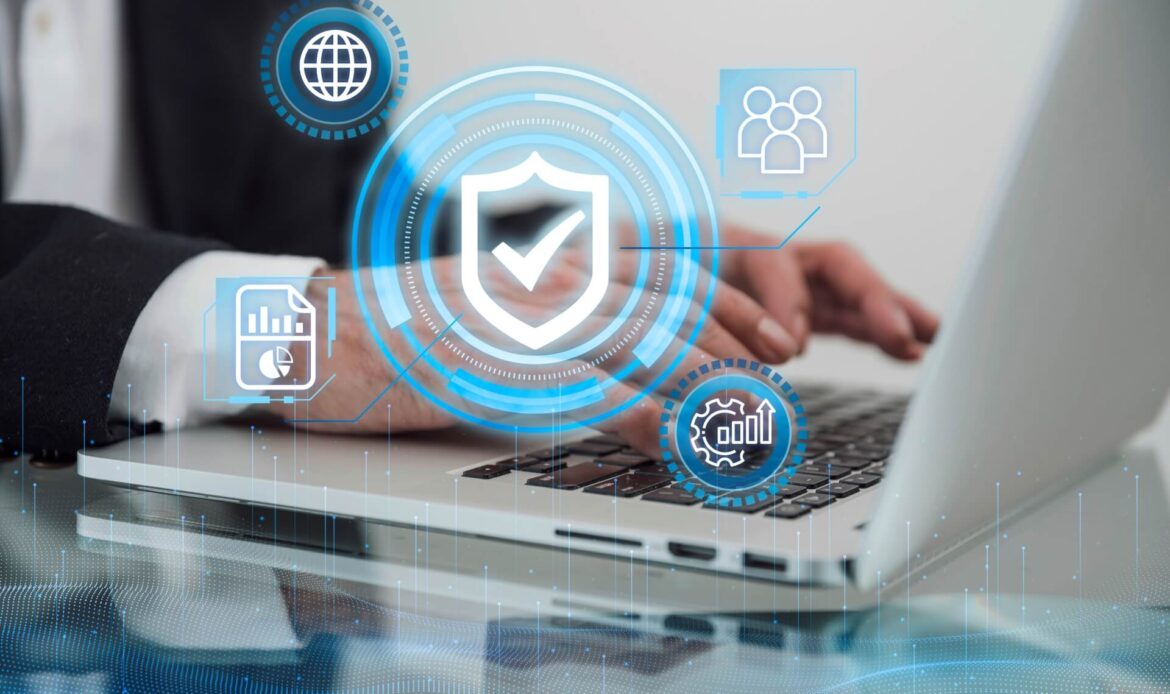In the digital age, information is currency, and protecting that information is crucial to both individuals and organizations. As data breaches and cyber threats become increasingly sophisticated, businesses can no longer afford to treat data deletion as an afterthought. This is where data sanitization steps in. In 2025, with the rapid growth of remote work, cloud computing, and data-driven technologies, the need for secure and permanent data removal is more important than ever. This article explores the critical differences between data deletion and data sanitization and explains why the latter is essential for protecting your business from costly breaches and compliance failures.
Table of Contents
What is Data Sanitization?
Data sanitization is the process of deliberately, permanently, and irreversibly removing or destroying data stored on a memory device, ensuring that it cannot be recovered. This process goes far beyond simply deleting files or formatting hard drives. Proper data sanitization ensures that no residual data remains that could be exploited by unauthorized users.
There are three main methods of data sanitization:
- Data Erasure: Uses software to overwrite data multiple times, making it irretrievable.
- Degaussing: Exposes magnetic storage media to a strong magnetic field, disrupting the data patterns.
- Physical Destruction: Involves shredding, crushing, or melting storage devices.
Each method serves different needs depending on the type of media and sensitivity of the data.
The Illusion of Deletion
When a file is deleted on a computer, it is not truly removed. Instead, the system marks that space as available for reuse. Until new data overwrites it, the original information can still be recovered using basic forensic tools. Even formatting a hard drive often leaves traces of data intact.
This false sense of security has led many businesses to unknowingly expose themselves to data breaches. In the hands of a malicious actor, even remnants of files can reveal sensitive information such as employee records, client contracts, intellectual property, and financial documents.
Why Data Sanitization Matters More Than Ever in 2025
1. Growing Cybersecurity Threats
With cyberattacks becoming more sophisticated and frequent, the stakes for data protection have never been higher. Cybercriminals are adept at extracting information from improperly discarded devices. Whether it’s a decommissioned server, an old smartphone, or a backup drive, if not sanitized, it can become a goldmine for hackers.
Data sanitization reduces the risk of data leakage from outdated or discarded devices, ensuring businesses are not unknowingly handing valuable data to bad actors.
2. Strict Compliance Regulations
Governments and regulatory bodies around the world have introduced stringent data privacy laws like the GDPR, HIPAA, and CCPA. These laws mandate not only the protection of active data but also the responsible disposal of obsolete data. Failing to follow proper data sanitization procedures can result in severe penalties and legal consequences.
By implementing robust sanitization protocols, organizations demonstrate their commitment to compliance and data governance, reducing the risk of fines and reputational damage.
3. Protecting Brand Reputation
Trust is one of the most valuable assets a business can hold. A single incident involving leaked or mishandled data can severely tarnish a brand’s image. Customers expect companies to handle their information responsibly, even when that information is no longer needed.
By embracing data sanitization as part of a comprehensive security strategy, businesses show clients and partners that they take data privacy seriously.
4. Supporting Sustainability and the Circular Economy
In 2025, many companies are embracing environmental responsibility. Instead of throwing away old devices, they are refurbishing, reselling, or recycling them. However, before any equipment can be reused, data must be thoroughly sanitized.
This approach not only reduces electronic waste but also contributes to a circular economy where resources are reused effectively. It’s a win-win strategy—protect data and protect the planet.

How Businesses Can Implement Data Sanitization
1. Develop a Clear Policy
Every organization should have a formal data sanitization policy that outlines who is responsible for sanitization, when it should occur, and what methods should be used. This ensures consistency and accountability across departments.
2. Use Certified Tools and Services
Rely on tools that are certified by recognized bodies such as NIST (National Institute of Standards and Technology). Alternatively, work with IT asset disposition (ITAD) providers who specialize in secure data sanitization and offer certificates of destruction.
3. Train Employees
Data security isn’t just the responsibility of the IT team. All employees should be educated on the importance of proper data disposal and the risks of skipping these steps.
4. Maintain Detailed Records
Keep documentation of when and how data sanitization was performed. This not only helps with compliance audits but also provides a paper trail in case of future disputes or investigations.
Data Sanitization Myths Busted
- Myth: Formatting a drive is enough.
- Fact: Formatting only removes file pointers; data is often still recoverable.
- Myth: Physically destroying a drive always works.
- Fact: Unless done properly, parts of the data may remain intact. Proper shredding or melting is required.
- Myth: Cloud storage doesn’t require sanitization.
- Fact: Virtual environments also need data deletion and wiping policies, especially when reallocating virtual machines.
Read More: IT Asset Auditing for Businesses
The Cost of Neglecting Data Sanitization
Failing to sanitize data properly can result in:
- Data breaches
- Identity theft
- Non-compliance penalties
- Loss of client trust
- Intellectual property theft
In contrast, the cost of implementing proper data sanitization protocols is minimal compared to the potential fallout from a single security incident.
Looking Ahead: The Future of Data Sanitization
As data grows in volume and variety, new challenges will emerge. Businesses will need to stay updated on best practices, emerging technologies, and evolving compliance requirements. Automation tools, artificial intelligence, and blockchain may soon play a role in verifying and streamlining the sanitization process.
In 2025 and beyond, organizations that treat data sanitization as a critical part of their cybersecurity and sustainability strategies will gain a competitive advantage.
Conclusion
Data sanitization is not just a technical chore—it is a strategic necessity. In an era defined by data, how a company disposes of its digital information speaks volumes about its security posture, ethical standards, and commitment to excellence. Simply deleting files is no longer acceptable. Businesses must invest in thorough, verifiable, and policy-driven data sanitization to ensure they protect their information, reputation, and future.
In short, data sanitization is more than deleting files—it’s about protecting what matters most.



1 reply on “Data Sanitization: Best Way of Deleting Files in 2025”
[…] always erase everything. Skilled hackers can recover fragments of deleted files. That’s where data sanitization comes […]